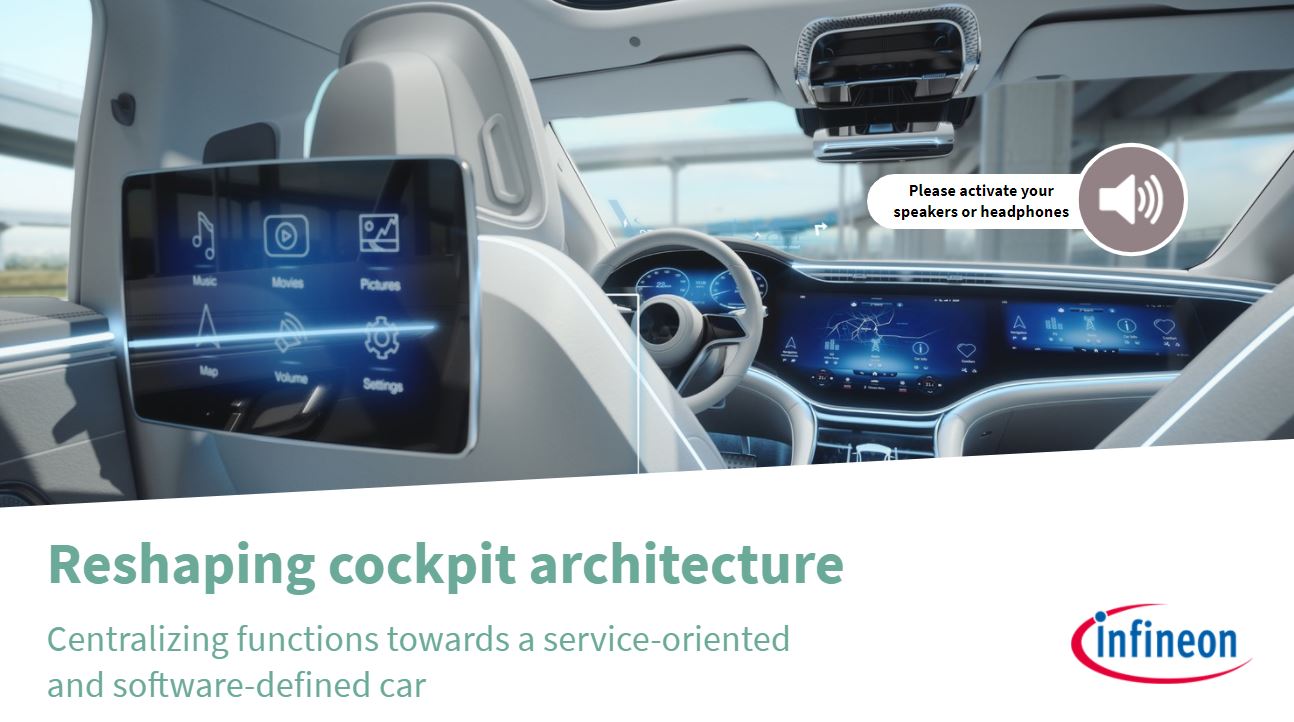Radar sensors for automotive
Radar sensors for automotive subcategories
Complementing our XENSIV™ 77/79 GHz offering, we also deliver the market’s most integrated 60 GHz & 24 GHz radar transceiver family in the market
Radar sensors are an integral part of advanced driver assistance systems (ADAS) in modern cars. While radar sensors are especially vital for autonomous vehicles, they also improve safety and comfort features for drivers as well. Radar sensors for cars are typically deployed for blind spot detection (BSD), lane change assistance (LCA), collision mitigation (CM), parking aid (PA), and rear cross traffic alert (RCTA) features. Infineon offers a wide variety of automotive radar sensors including short-, mid-, and long-range radar sensors.
As part of our comprehensive XENSIV™ family of sensors, we offer a range of RASIC™ 77/79 GHz front-end radar sensor ICs specifically for driver assistance systems, such as adaptive cruise control and collision warning. Capable of detecting and recognizing objects at a range of up to 250 meters, these RASIC™ solutions enable the driver assistance capabilities required to obtain a five-star rating from Euro NCAP (European New Car Assessment Program). In fact, our 77/79 GHz SiGe RASIC™ chips lead the MMIC segment. The RASICTM 77/79GHz automotive radar support ASIL C, reducing customer R&D efforts.
Complementing our 77/79 GHz offering, we also deliver the market’s most integrated 24 GHz radar transceiver family in the market, offering board savings of around 30 percent compared with discrete lineups. These automotive radar sensors can be used to build RF front-end modules for mid- and short-range radar applications in different configurations.
Moreover, Infineon offers a highly integrated 60 GHz radar transceiver which offers the most power and cost-effective solution for our customers. Used predominately for in-cabin monitoring systems, our 60 GHz portfolio enables our customers to achieve multiple functionalities by using a single 60 GHz radar setup. For instance, these sensors allow for the development of child presence detection inside the car which is a safety relevant feature to protect children from being locked and left behind resulting in a dangerous health risk scenario. Seat belt reminders are another add-on feature which is enabled by our 60 GHz radar products.
Automotive radar sensors are mainly used on the body segment. They can be used for position sensing, motor control, comfort features and HMI applications. There are different categories of automotive radar sensors that designed to meet specific needs: Short-Range Radar (SRR), Mid-Range Radar (MRR), and Long-Range Radar (LRR).
Generally, short-range radar systems are used for automotive applications in which the car is moving slowly or an obstacle is located near the vehicle such as in blind spot detection sensors or lane change assist radar sensors. Using millimeter-wave radar sensors in vehicles allows the radar system to transmit electromagnetic wave signals that can then be recaptured and used to determine the range, velocity, and angle of an object when the wave signal is reflected by an object in its path.
Both short- and mid-range radar sensors can also be placed on all four corners of the vehicle. This is called a corner radar and can detect obstacles or pedestrians before they are visible to the driver and deploy automatic emergency braking (AEB). Long range radar sensors are most commonly used in the front section of vehicles as they can better detect traffic changes from farther distances ahead. As sensor content is expected to grow further as interior and comfort is becoming a key differentiation factor for OEM’s, automotive radar sensor manufacturers require high quality and reliable radar sensor technology to meet their specific needs.
Additionally, 4D automotive imaging radar sensors are increasingly being used in autonomous vehicle designs as they offer excellent detection of both moving and stationary objects from greater distances and with better accuracy than traditional radar sensors. This is due to utilizing a multi-input, multi-output (MIMO) 48-antenna array which, when compared to less than 5 transmitting and receiving antennas in regular radar sensing solutions, allows a dataset to be created of the car’s surroundings.
Using radar sensors for automotive collision warning and avoidance is especially important for automated driving where vehicles need to be able to react and reliable avoid hitting objects and people.
Download gallery documents
Fast finder
Welcome to our new interactive sensor selection tool, designed to connect you with the best fit for your design as quickly and effortlessly as possible. Simply select the overarching industry (automotive or industrial/consumer) and drill down on the applications till you find your target use case. The selection tool will then tell you what Infineon XENSIV™ sensor is the best choice for your design. It couldn’t be easier.








